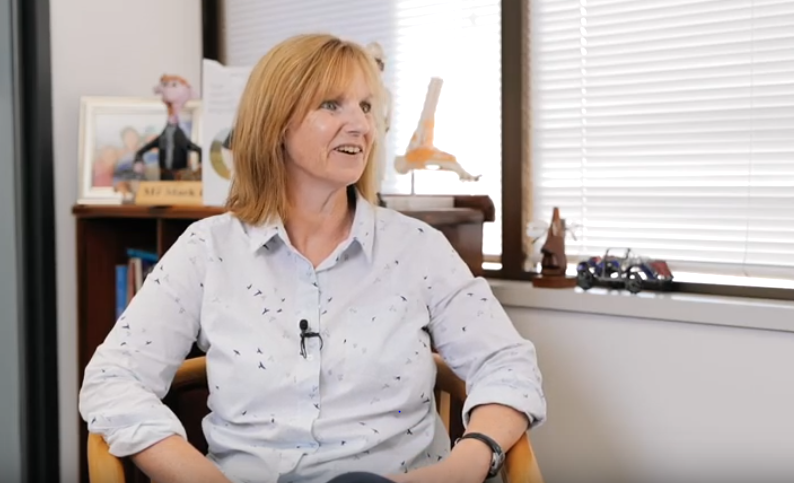Wisdom & Resources
for your ageing body and mind
Wrinkle Well provides a narrative for healthy ageing, with evidence based information to help you understand and look after your body as you age.
What's normal for your body?
Every cell in our body ages. This ageing happens at different rates and with different consequences for each of us. Read more about normal age-related changes to your bones, joints and tendons, as well as important information you need to know about inflammation and medical imaging.
How to wrinkle well, inside and out!
''Middle age is when your age starts to show around your middle'' - Bob Hope. Your guide to mental health, diet, exercise and everything you need to wrinkle well and enjoy your golden years.
What you need to know about pain and how to manage it.
Pain is a complex alarm system in which our body and brain work together to warn us of potential or actual tissue damage.No two people feel pain in the same way, because we bring our memories, cultural beliefs and expectations to our pain experiences.
Your Body
Bones
Like most of the cells in our body, our bone cells are not permanent. Older bone cells will be replaced with new ones in a continuous process. This turnover of bone cells continues throughout our lives. However, after age thirty the balance shifts, and for the first time the breakdown starts to outweigh the rebuilding. This causes our bone density to decrease gradually as we age, and our bones can become more fragile.
Joints
Like grey hair or wrinkles, everyone ages in different ways and at different speeds. This is the same for our joints. As we grow older the amount of cumulative force that our joints have gone through adds up. The smooth, shiny cartilage on the surfaces of the joint become more brittle, and small tears or cracks can appear. Osteoarthritis is the most common cause of joint pain as we age. Almost any joint may become osteoarthritic, but it is most common in the hip, knee, shoulder, spine and thumbs.
Tendons
A tendon is like a rope – it is made up of many small fibres, and is great at transferring tension between the two ends. Just like a rope, the repetitive or unaccustomed load on a tendon can result in fraying, or small tears in the fibres. As we age, the microscopic structure of our tendons change, and they lose their ability to adapt quickly to new activities. Therefore, tendons are more easily irritated and can take longer to recover.
Our blog posts help you Wrinkle Well!
Helpful Resources
MOST POPULAR BLOGS
YOUR WELLBEING























